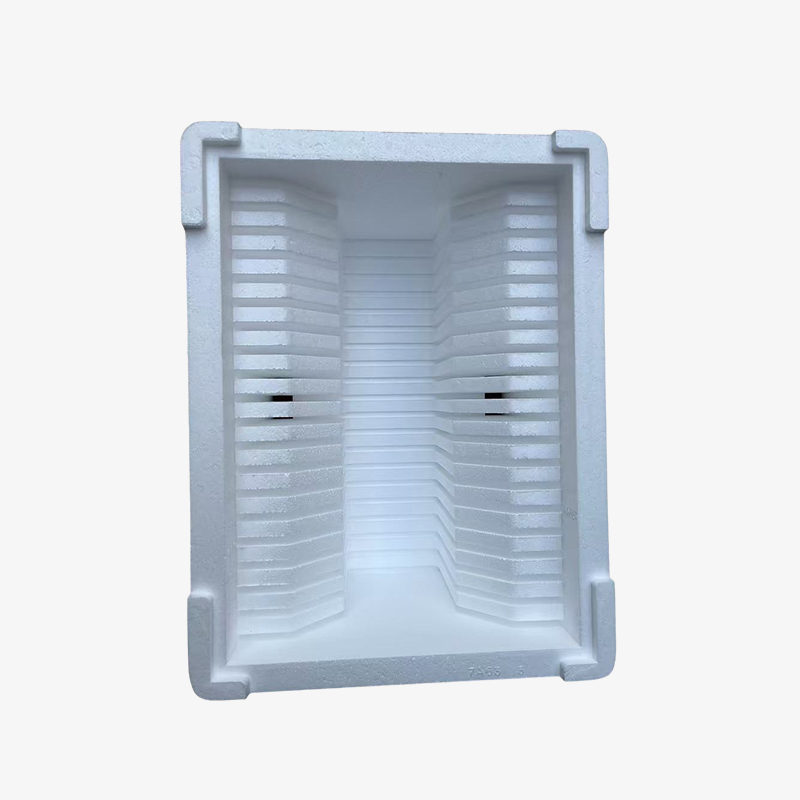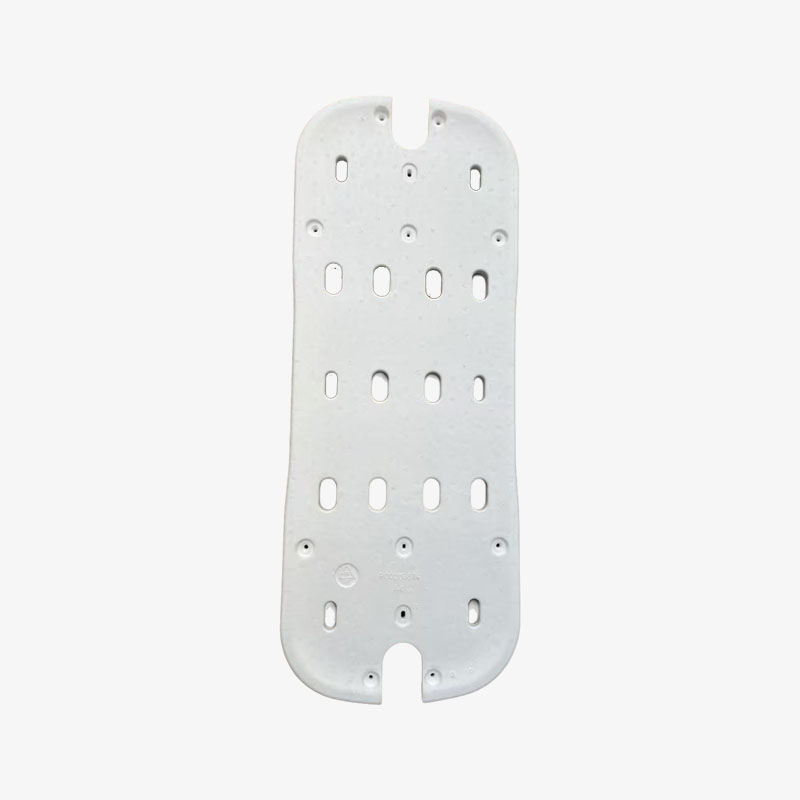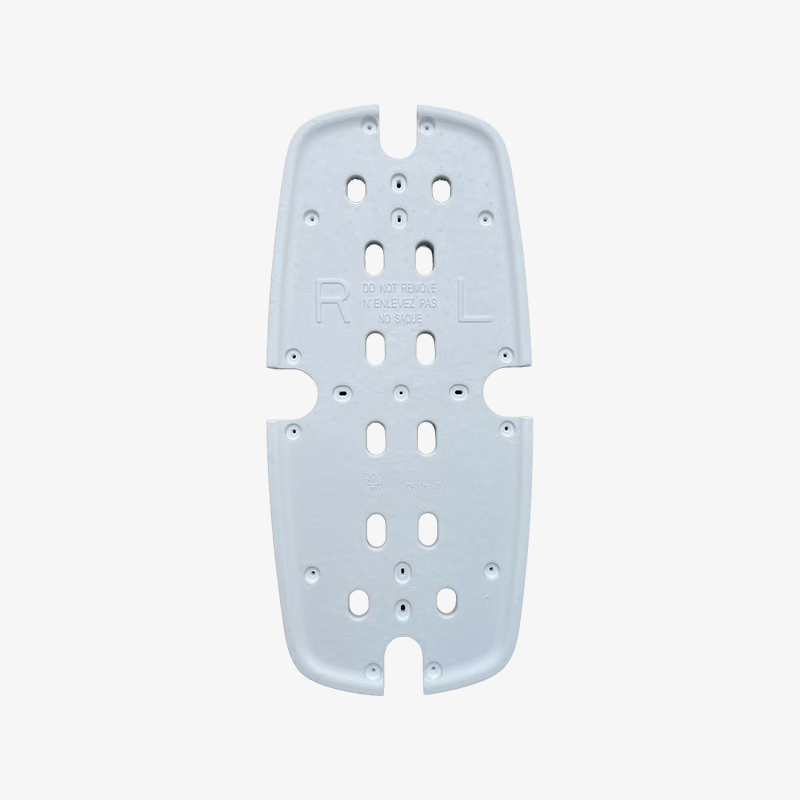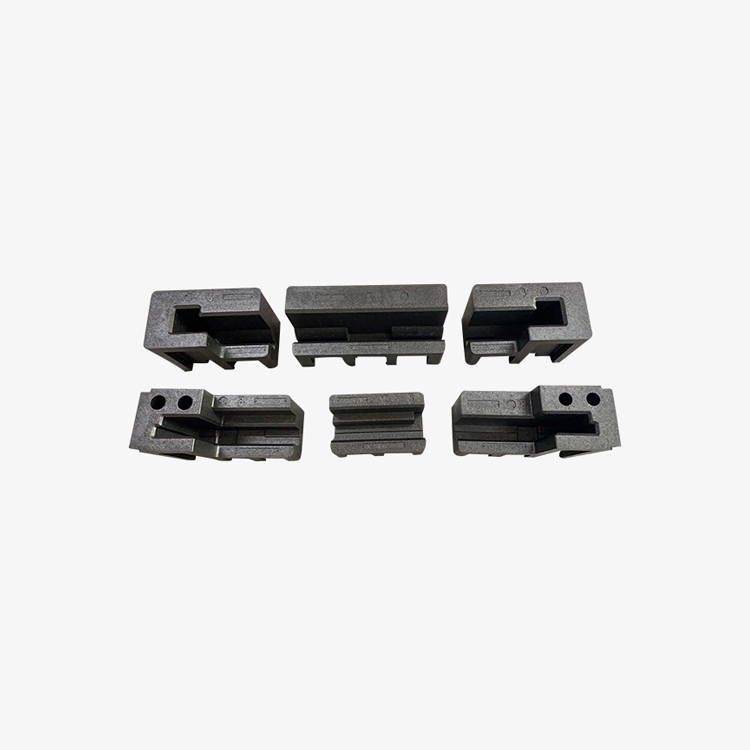EPE plastic (i.e. EPE pearl cotton) and polystyrene plastic (PS) have their unique advantages in their respective application fields, but also have some disadvantages. Here is a comparison of their shortcomings:
Disadvantages of EPE Plastic
Relatively high cost: Although EPE plastic performs better than many traditional packaging materials, its production cost is relatively high, which may increase the overall cost of the product, especially in industries that require a large amount of packaging materials.
Limited strength: Although EPE plastic has good flexibility and cushioning properties, its strength may not be as good as some other materials, such as metals or hard plastics. In situations where high-strength support or protection is required, EPE plastic may not be the best choice.
Limited weather resistance: The performance of EPE plastics may be affected under extreme weather conditions, such as long-term high or low temperature environments, resulting in a decrease in their flexibility and cushioning properties.
Disadvantages of Polystyrene Plastic
Flammability: Polystyrene plastic is a flammable material that is prone to catching fire and burning near a source of fire, increasing the risk of fire. Therefore, special attention should be paid to fire safety when using polystyrene plastic products.
Environmental pollution: Polystyrene plastics may cause pollution to the environment during production and disposal processes. Due to its non degradable nature, a large amount of discarded polystyrene plastic products may persist in the natural environment for a long time, posing a potential threat to the ecosystem.
High brittleness: Polystyrene plastic has a brittle texture and low impact strength, and is prone to cracking or damage when subjected to external impact. This limits its application in situations where it needs to withstand significant impact forces.
Limited temperature resistance: Polystyrene plastic has a low softening temperature (usually around 80 ℃), which may cause it to lose its original hardness and shape in high temperature environments, thereby affecting its performance.
Comparison between the two
Environmental friendliness: EPE plastic is a relatively environmentally friendly material that can naturally degrade and has minimal pollution; However, polystyrene plastic has problems with environmental pollution and difficulty in degradation.
Safety: The flammability of polystyrene plastic is the main safety hazard; EPE plastic performs well in this regard, but attention should still be paid to its usage environment and conditions.
Performance: EPE plastic exhibits excellent flexibility, cushioning, and other properties; Polystyrene plastic, on the other hand, has a lighter weight and good insulation properties. But in terms of strength and temperature resistance, both have their own advantages and disadvantages.
In summary, EPE plastic and polystyrene plastic each have their own shortcomings. When choosing to use, comprehensive consideration should be given to specific application scenarios and requirements to balance factors such as cost, performance, environmental friendliness, and safety.









